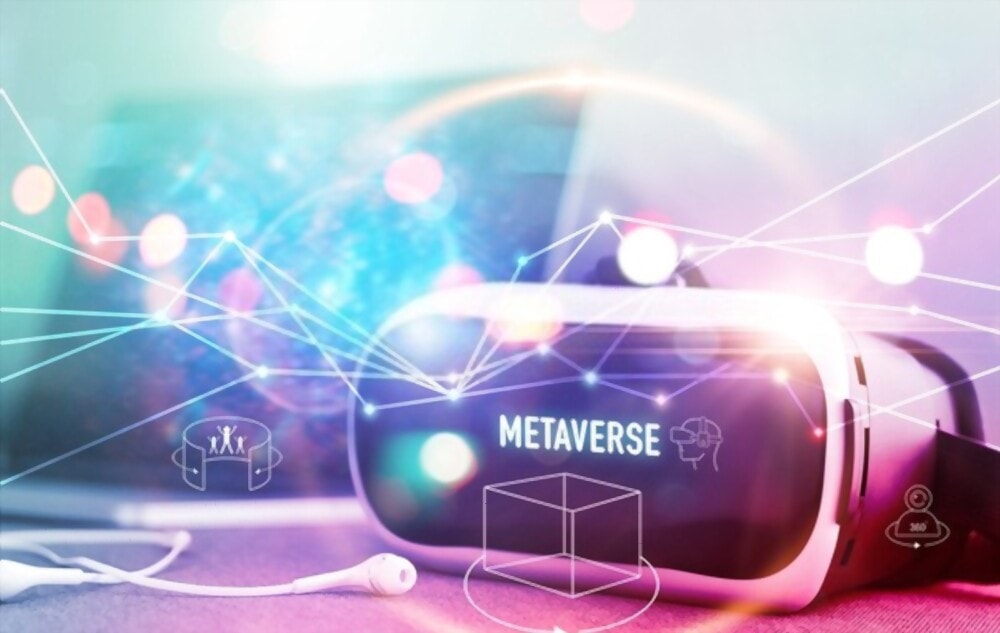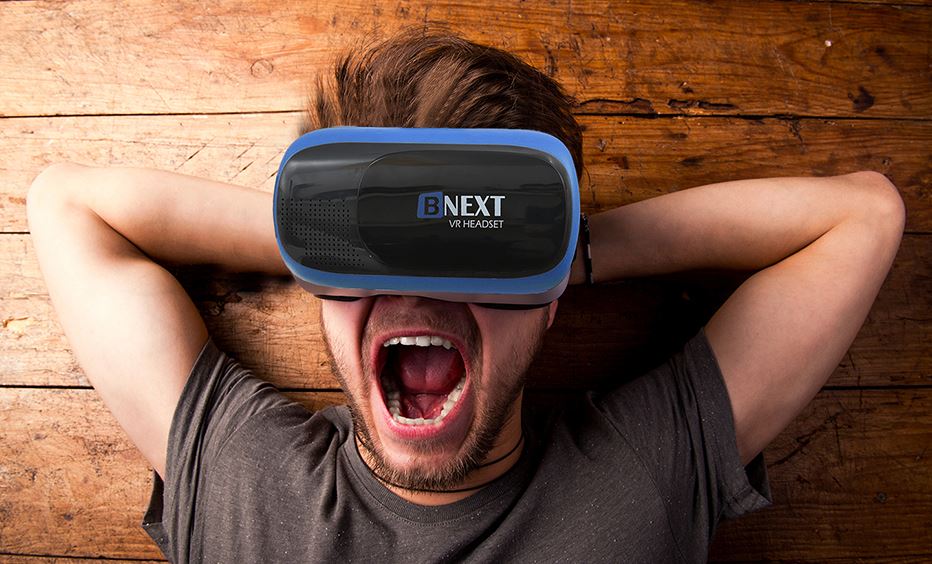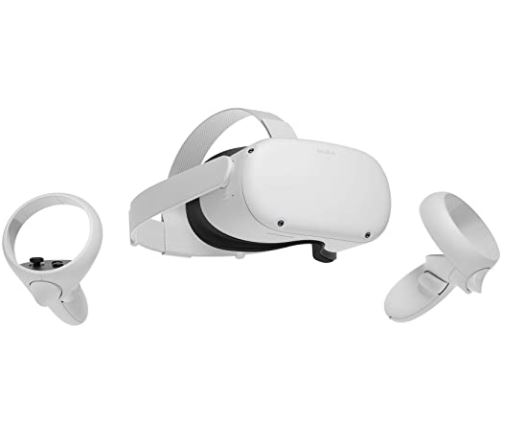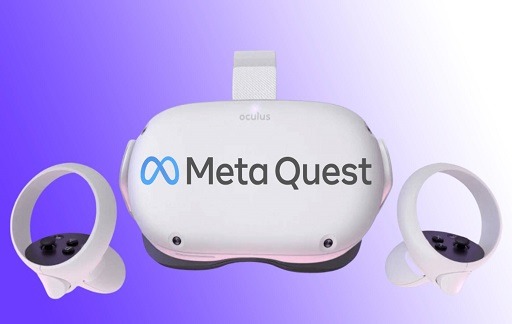The term “metaverse” is being used more frequently these days as a result of technological advancements that have made it simpler to develop and utilize virtual reality (VR) and augmented reality (AR) systems such as Oculus Rift, HoloLens, and Google Glass. However, what does this phrase represent in its simplest form?
What exactly is this “metaverse,” then? Read on to find out more about the history and definition of the metaverse before understanding how it is being constructed right now if you are puzzled by the time or aren’t sure if it is what you think it is. This will help you determine whether or not it is what you believe it is.

A New Virtual Reality World
A shared universe that has been established by networked virtual places, users, and things is referred to as the metaverse. The concept was presented for the first time in Neal Stephenson’s novel Snow Crash, which was published in 1992 and predicted several technologies that are already a part of our everyday life. Even though it might sound like something from a science fiction novel, it’s far closer than you think it is.
Even though we aren’t quite there yet with our capabilities regarding virtual reality, some of its most important components are already coming together. The metaverse has been referred to as a “Second Life for Everyone,” and projects such as Open Source Virtual Reality aim to create exactly that: an open platform that will enable anyone to create their own virtual reality experience without having to rely on companies such as Facebook or Google for access to the experience.
What is VRChat?
The Virtual Reality Modeling Language (VRML) serves as the foundation for the virtual environment known as VRChat. Users are able to communicate with one another within an immersive setting when using VRChat. The term “metaverse” refers to a network of interconnected three-dimensional places (and their communities). It is reasonable to refer to VRChat as an early version of such a metaverse due to the fact that it allows users to customize their experience and that material is contributed by other users. A custom VR world creator has the ability to design virtually any kind of setting for use in social interaction via VRChat. In point of fact, though, they are two very distinct ideas that have a great deal of scope for contrast and variation. More on that later…
You may also like Oculus Quest 2 Advanced All-in-One VR Gaming Headset
The Future of VR
What exactly does “Virtual Reality” mean? First things first, we need to agree on a definition for virtual reality. It can be difficult to pin down exactly what VR is and what it is not. An immersive, computer-generated world that enables us to interact with virtual objects and other people in real-time is the simplest way to explain what it is like to experience virtual reality. This degree of realism carries with it a few important repercussions: Your brain will trick you into thinking that everything around you is real when you are immersed in a virtual environment.
When an object is simulated with perfect accuracy and it is possible to interact with it, we immediately ascribe all of our senses (sight, sound, and touch) to the simulated thing. The information that our brains process about these objects is accurate. To put it another way, it is as if we are experiencing things in the physical world.
Mobile VR
Augmented Reality (AR) and Virtual Reality (VR) have been on our minds recently. While both technologies have received much buzz, we’re still waiting for them to enter mainstream adoption. But with all that hype, why haven’t AR and VR become a reality yet? One of the big reasons is that they rely on mobile devices, which don’t usually have enough horsepower to drive immersive experiences. However, powerful computing devices will be coming soon – most notably in smartphones. That said, we can expect VR and AR to enter mass-market use in 2017.
You may also like Virtual Reality Headset Compatible with iPhone & Android
HTC Vive and Oculus Rift
So how does Microsoft HoloLens stack up to what people think of virtual reality? From a visual perspective, it’s somewhat similar. You can see life-sized images in 3D and interact with them, whether that’s navigating through a building design or picking up an object on the screen. But HoloLens is less like VR and more like augmented reality (AR).
The technology lets you add information and content to your physical world via holograms. For example, instead of seeing text notifications from your phone when you look down at it (as many smartwatches offer), you could see floating alerts inside your vision space using HoloLens. Or, while looking at a blueprint with another architect across from you in a meeting room, each person could have access to different aspects of the same document without having to pass anything back and forth.
Microsoft HoloLens
The term metaverse may be ubiquitous in sci-fi circles, but what does it mean, exactly? Essentially, it’s a shorthand term for an interconnected 3D space where people can create and share their worlds. It’s sort of like a giant virtual reality version of Facebook or Google Maps, except it combines elements from both social media and GPS systems. Samsung calls its VR headset system Gear VR to homage to Neal Stephenson’s 1992 novel Snow Crash. The book popularized the idea of cyberspace by describing a fictional metaverse that appeared similar to a head-mounted display (HMD).
You may also like Future of AR and VR: 5 Industries On the Verge of AR/VR Disruption
Samsung Gear VR
The Samsung Gear VR is a virtual reality headset developed by Samsung and Oculus that uses your smartphone as its display. The Gear VR works with select Samsung smartphones, including Galaxy S7, S7 Edge, Note 5, S6 Edge+, and S6. The $99 device is much cheaper than its competitors—Oculus Rift and HTC Vive cost $599 each—but it’s also a more accessible product to set up. All you need to do is plug it into a compatible smartphone using a micro USB connection. Unlike other devices on our list, you don’t have to worry about setting up tracking sensors or controller compatibility for games; all of that is taken care of automatically in-app.
Would you like to read more about Metaverse-related articles? If so, we invite you to take a look at our other tech topics before you leave!
![]()











